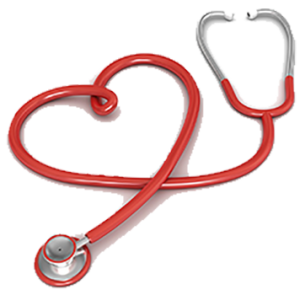
There are different types of cholesterol known as HDL (High Density Lipoprotein) and LDL (Low Density Lipoprotein). HDL is known as the “good” cholesterol while LDL is the “bad” cholesterol. HDL is known as the good cholesterol because it helps protect the body by decreasing the buildup of the LDL in the arteries. LDL is the bad cholesterol forming a plaque-like substance that can block the natural flow of blood in the coronary arteries which can lead to stroke and heart attacks.
One can lower or improve their cholesterol level by changing their eating habits. Eating lots of unhealthy fats such as saturated fats can raise LDL levels. Therefore, it is important to avoid fatty meats, dairy products, deep fried foods and processed food (or consume such foods in moderation). While there are foods to avoid, there are foods that we can eat that can lower our cholesterol. Avocados can replace oils and creams which add flavor to your food, but at the same time can help you regulate your bad cholesterol levels (Mayo Clinic). It is also helpful to add high fiber foods to our diet. It has been proven that foods high in fiber such as fruits, vegetables, brown rice and oatmeal can help lower the “bad” cholesterol by keeping our body from absorbing cholesterol into our bloodstream (Harvard Health). These are just a few, but there are more foods to consider as part of your diet to maintain a healthy level of cholesterol.
Exercising and staying physically active are also ways to maintain a healthy cholesterol level along with a healthy diet. It’s important to accommodate any health needs and physical restrictions you may have. Aerobic exercise or any workout that gets your blood pumping are shown to help raise HDL levels, the “good” cholesterol which help to remove the “bad” cholesterol.
Weight can also be a factor in one’s cholesterol level. Being overweight increases your risk of having high LDL “bad” cholesterol, and low HDL “good” cholesterol. Often, just losing weight can help lower cholesterol (WebMD). With the above mentioned, choosing to limit unhealthy fats, eating the right foods, and exercising should also help with lowering one’s weight and help your overall cholesterol.
There are other causes or risk factors to having high cholesterol. These include age, heredity, and race. Yet, you should be aware by checking your cholesterol levels and changing your diet, including exercise, and maintaining your weight which are all things one can choose to do to stay healthy. If lifestyle changes do not lower your cholesterol enough, medications may be an option as well.
The information provided is for general interest only and should not be misconstrued as a diagnosis, prognosis or treatment recommendation. This information does not in any way constitute the practice of medicine, or any other health care profession. Readers are directed to consult their health care provider regarding their specific health situation. Marque Medical is not liable for any action taken by a reader based upon this information.

